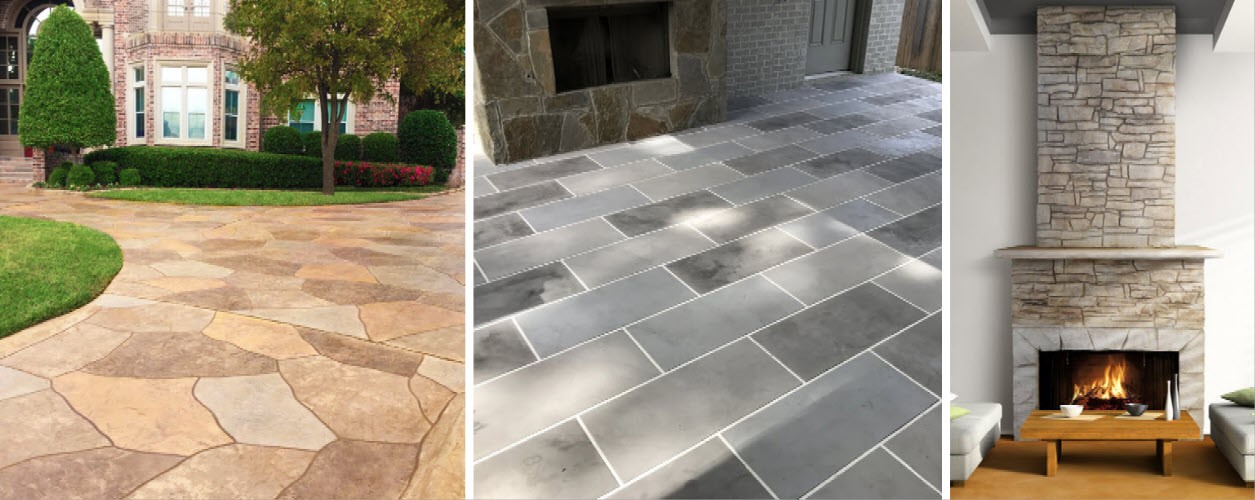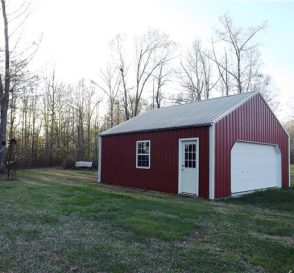If your concrete floor is in need of repair or a makeover, there is an interesting way to do it. This practice is likely to make the floor even better than it was before! Concrete overlay is one method which is sure to give your floors an entirely different look.
Overlaying is becoming popular in 2019. However, there are a few important things you should consider and know with regards to this. Let’s begin with the most basic question.
What Are Concrete Overlays?
At present, what you are applying over your concrete is fundamentally a thin concrete cement-based product. These are the products that are mainly used for decorative purposes and for repairing damages. Typically, they are used by several concrete floor grinding services in Atlanta GA to provide solutions to the customers that require them.
The overlay that you wish to apply may be as thin as you want it to be. It depends on everybody’s personal preferences. Several years ago, from today, there was a sharp dearth of user-friendly products to allow customers to comfortably resurface their ugly and worn out concrete. The scenario, fortunately, has turned with today’s products.
Today overlays are available with different bag mixes which only depend on water to work. Different manufacturers prepare overlay products with their own unique mixture and proprietary blends. Portland cements come in different blends, different aggregates and polymer resins with polymer modified additives in every blind. It is important for you to know that the polymer is an important ingredient of the overlay. This helps all the blends and products stick together making them strong enough to provide the powerful bond to the existing concrete.
Is It Good Enough To Be Used On The Walls?
Yes. It is mostly enough friendly for using on the walls. Applying an overlay will lend protection to the wall without compromising its looks. There are two types of overlays. One is vertical overlay and the other is horizontal overlay.
As vertical overlay helps in reducing the weight of the material so as to enable it hang on the wall without sagging, this is how they differ from the horizontal overlays. Depending on the surface, you may also need additional products to ensure adhesion, moisture intrusion and enhancing strength!
Some Important Facts To Consider
The goodness of concrete overlays is strongly dependent on the type and strength of the surface on which they are being applied. For this reason, there are some basic facts for you to take into account.
- Keep in mind that if the concrete has cracks, the overlay won’t work and will break. This means an overlay will not be a good idea on a heavily damaged concrete.
- You will get no solid guarantees with regard to the strength and durability of the concrete because the movement of grounds depends on the weather conditions and moisture.
- How much your money will be worth will determine by the contents of the product. You may want to look for outlets which provide stronger blends.
Ensuring that the blends are strong and are made from high-quality materials will bring strength and good looks to the overlay enabling them to last long.
Hiring Professionals
Hiring a reliable and experienced concrete professional is really important. That’s because professionals know how to prepare the mixture. Also, they’ll probably have decorative experience as well making the concrete job easier and better!
On your end, you must not forget to ask the professionals if they have all the right tools, equipment and materials to perform the job. In order to assess the foundations to determine their soundness and stability, do hire a structural engineer. The engineer will guide you about the cracks you can ignore, which ones are easy to fix and which ones will require proper attention. With a professional expertise, you’ll learn that the cracks wider than one eights of inch may indicate problems with the foundations. This means they need to know about a lot of other things before applying the overlay to it.
Of-course, you can do all these jobs by yourself. However, hiring professional experts could save you thousands of other dollars if you agree to spend a few hundred on their services now!
Understanding Types Of Overlays
While you are at it, it is also important for you to keep the knowledge of the types of overlays. Here are some of the most popularly used concrete overlays:
- Micro-topping: This is the type of overlay which helps fill in small damaged spots on the floor. It has a feather-edged or a one eighth inch depth of spread. It typically proves you with two finishing options which are smooth or textured respectively!
- Stamped: This overlay is good for use in both indoors and outdoors. It will give your concrete slab a stamp texture with the finishing appearance of a wood, brick, slate, saltillo tile, or stone. In depth of spread, it goes down to a quarter or three-quarter inch and is available in color options like pigments, powdered releases, stains, dyes, and tainted sealers.
- Self-Levelling: It is the type of overlays that happens to be the most unpredictable of all overlay types. The self-levelling overlay has a depth of spread of one or one fifth of an inch. Since it offers fairly short working window. This means you are supposed to be very careful and fast to avoid any mistakes. With this, you can either get a saw cut finishing or you can enjoy engraved designs made.
It is important for you to know the type of overlay you’d like to have.
The Conclusion
Different concrete floor grinding companies will give you different suggestions and advices. However, the final decision is solely and exclusively yours to make. It is your home and your property. Only you have the right to pick the type and kind of overlay you’d like to give to your concrete flooring.
Based on the information provided in this blog, you’ll be able to make an informed and reliable decision!





